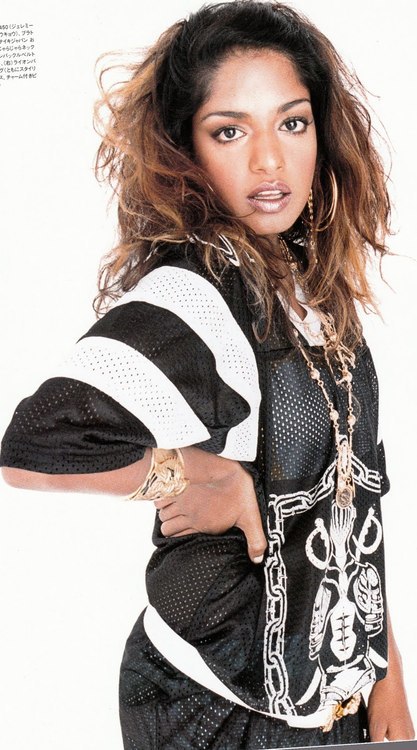Rapper M.I.A. Digital Biography


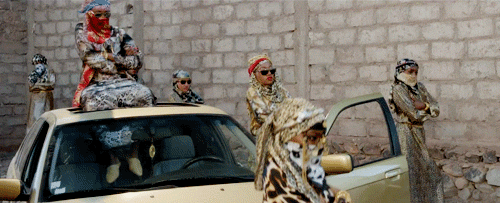


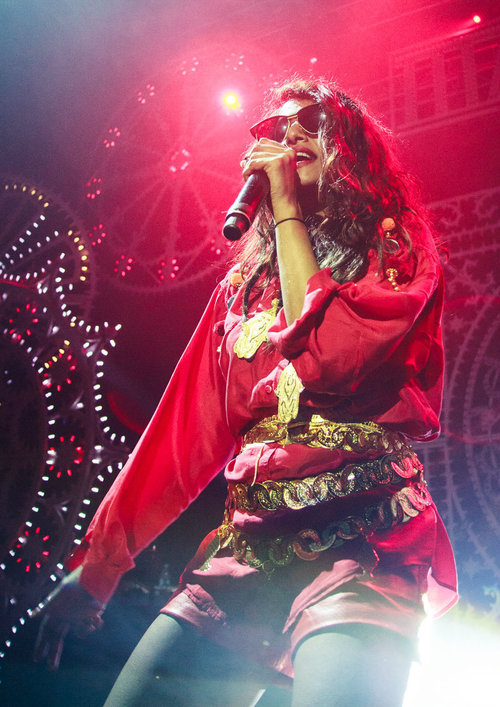
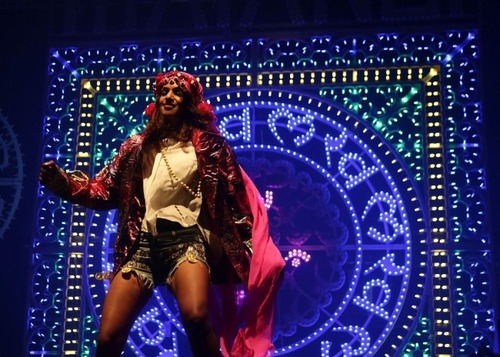


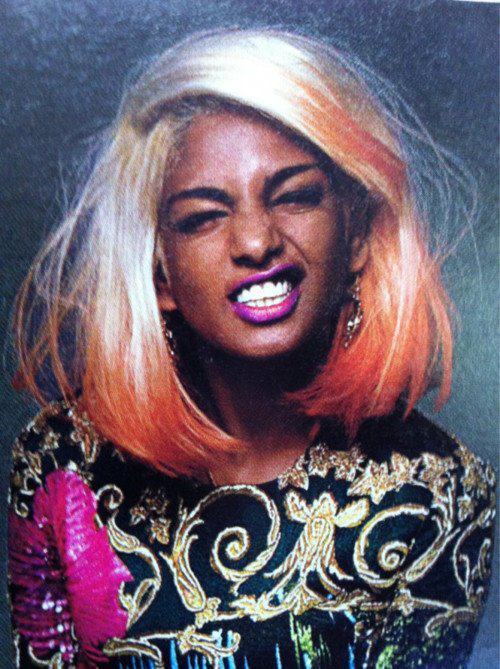
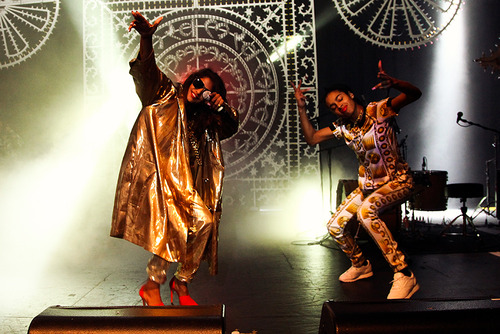

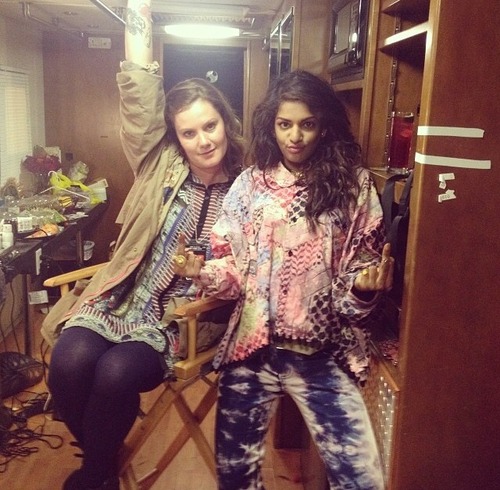
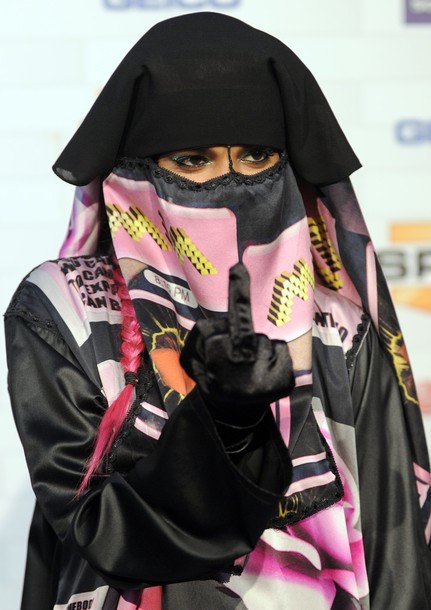
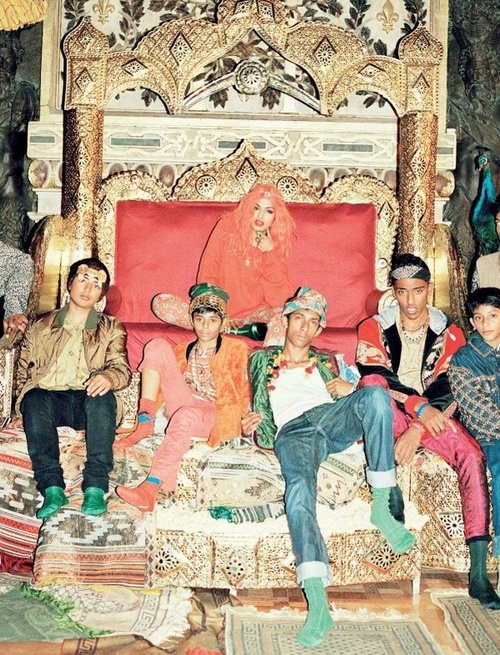

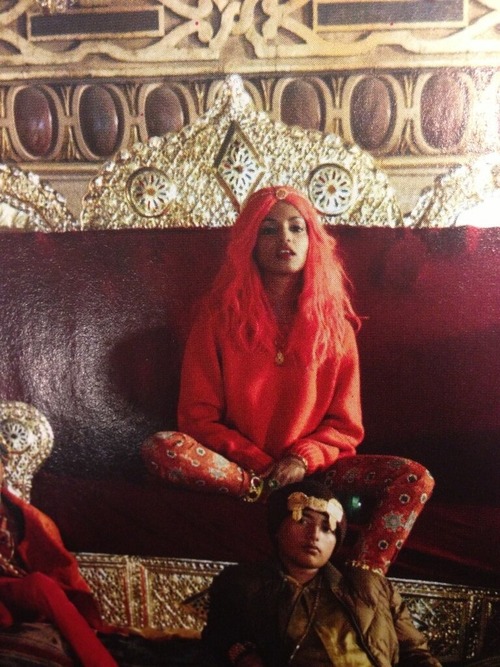
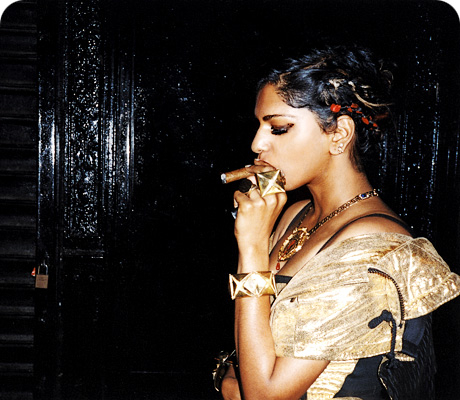

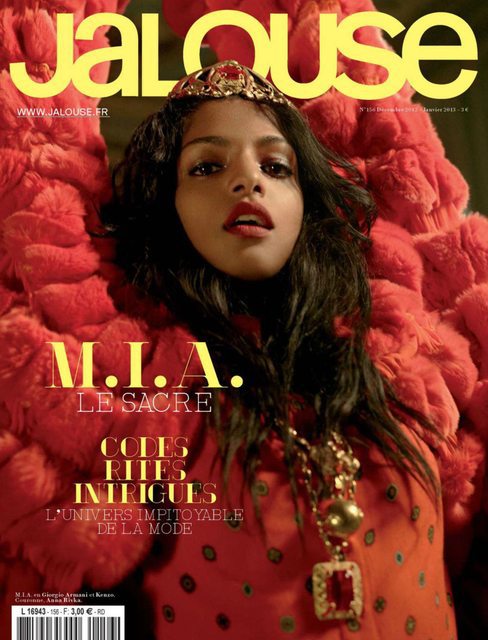



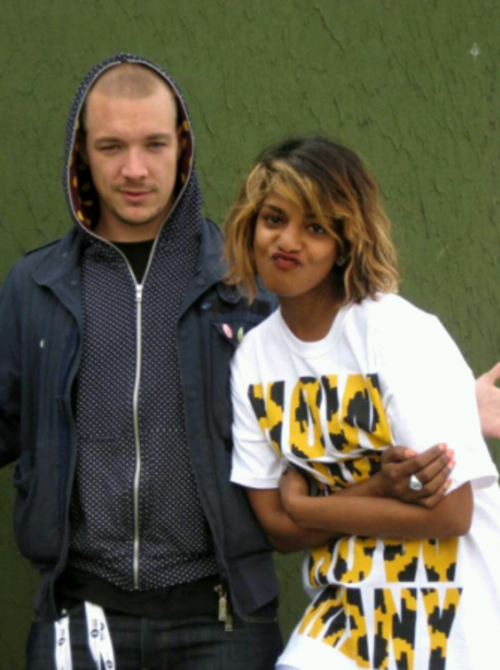


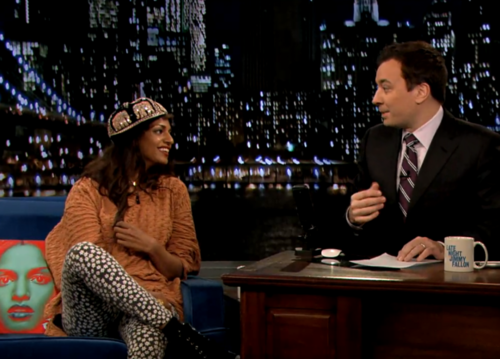





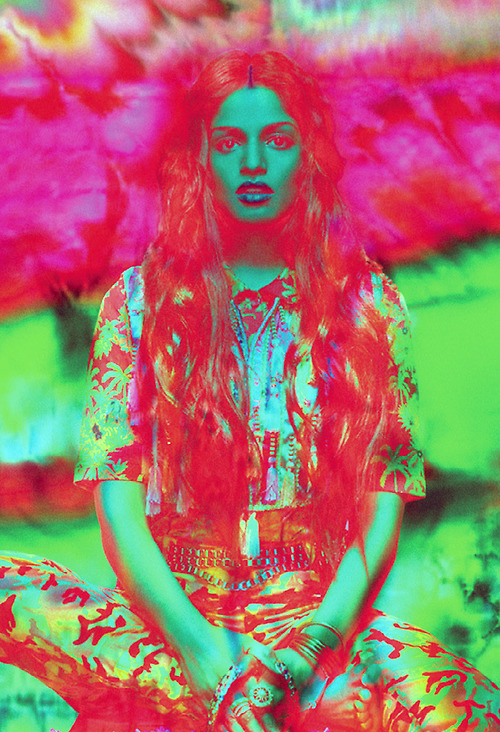


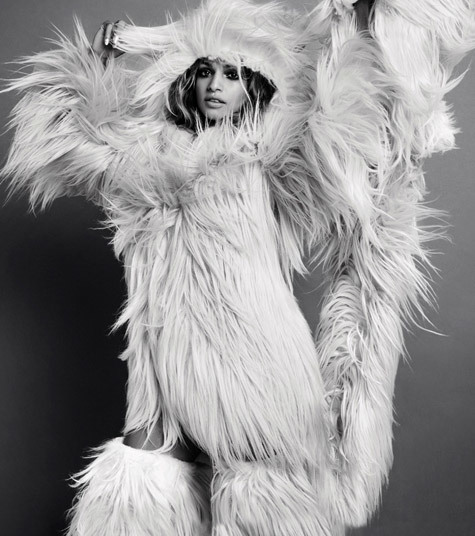
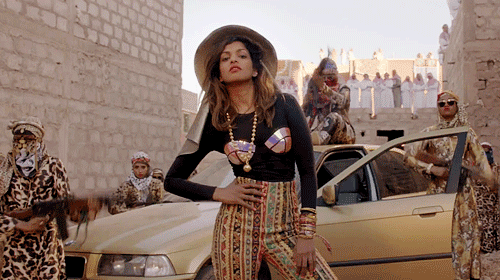
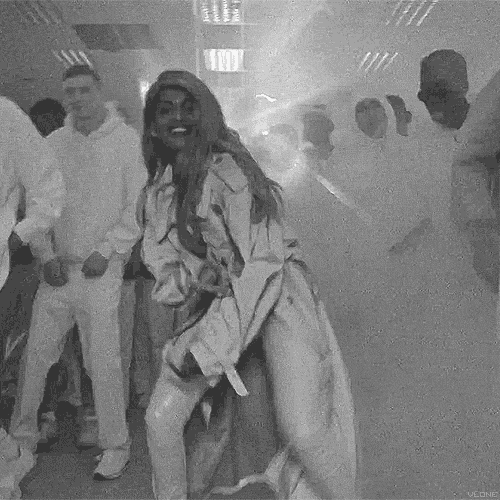







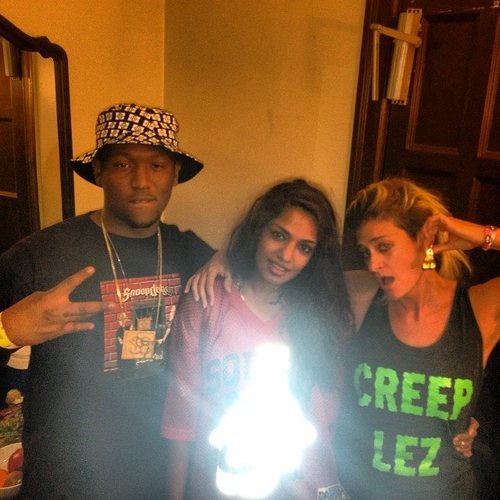
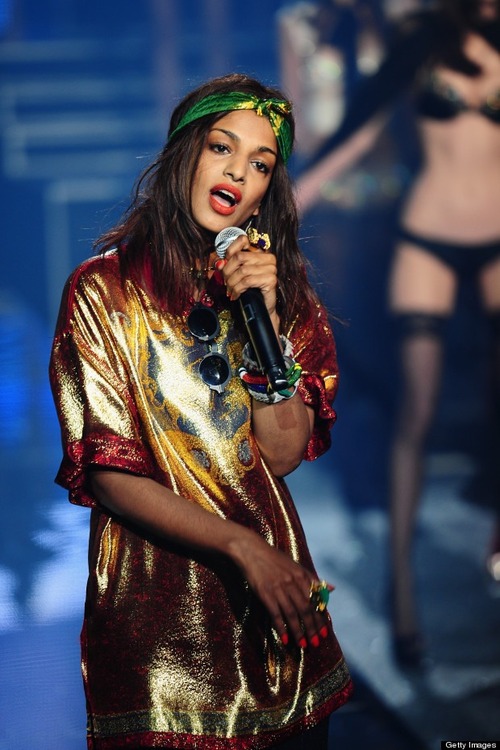

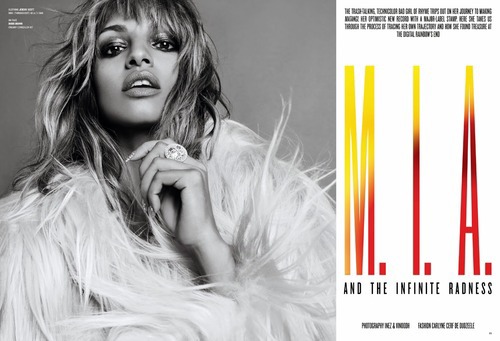
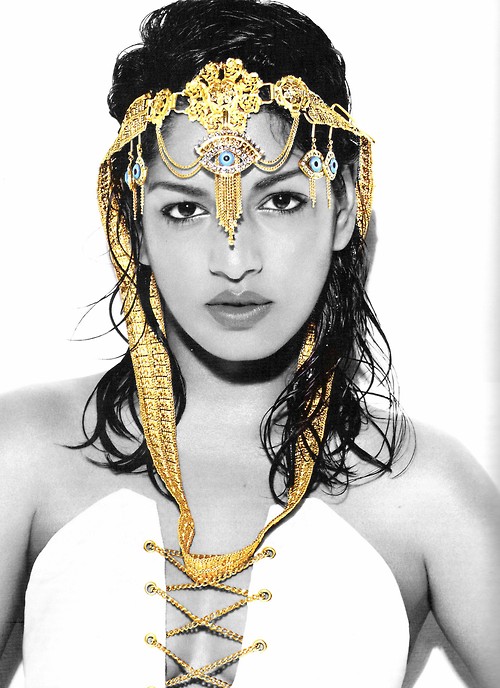

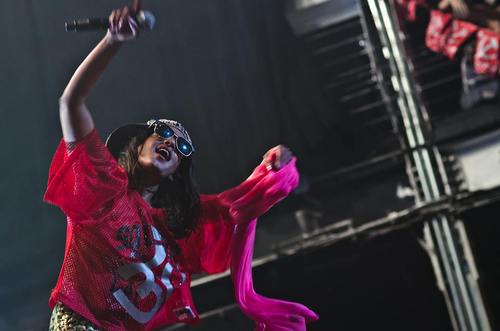

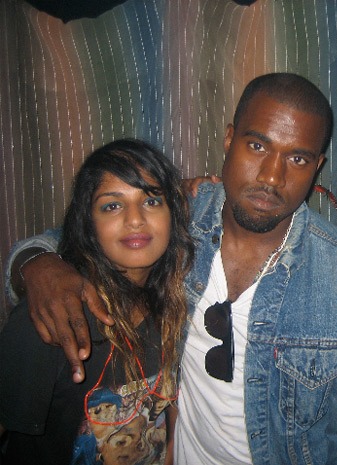
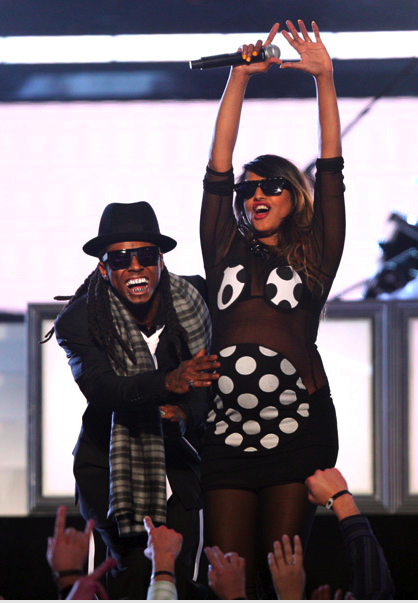


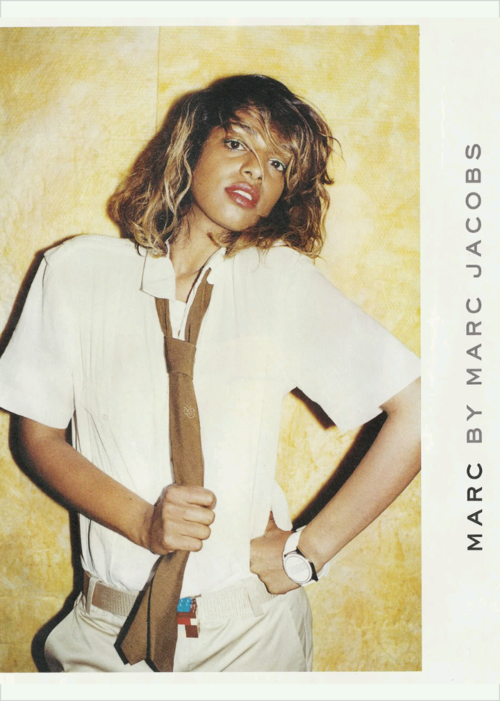

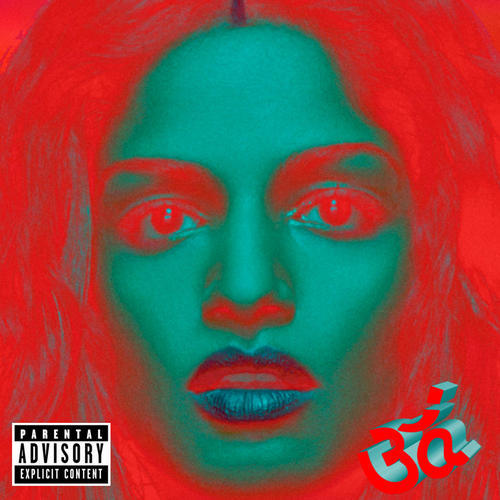
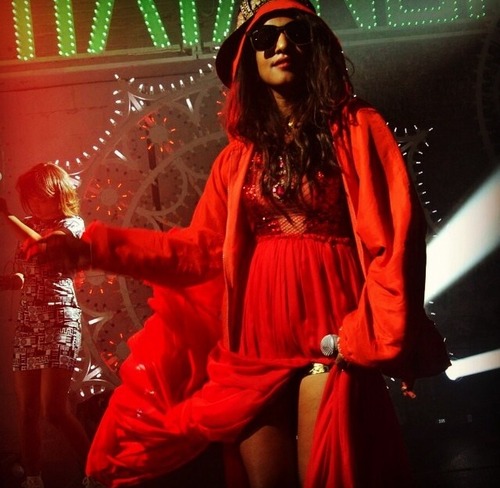


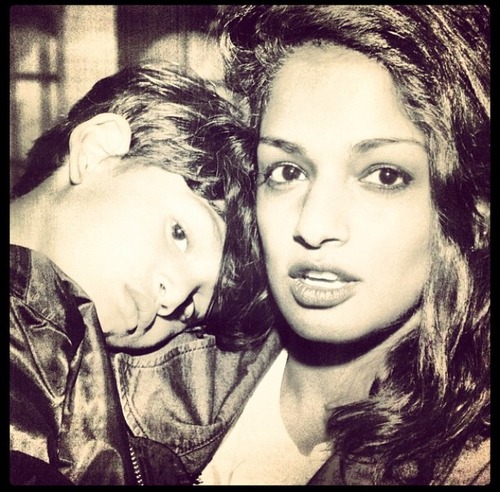
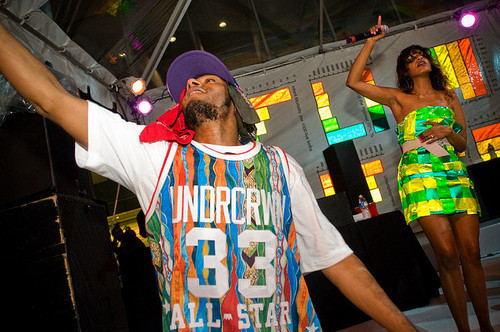


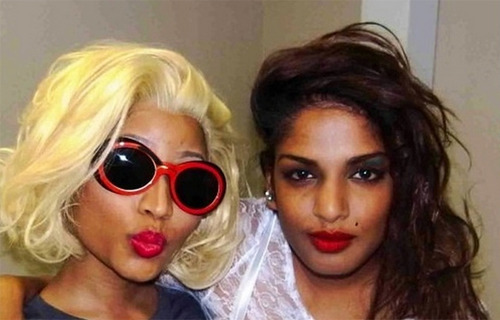
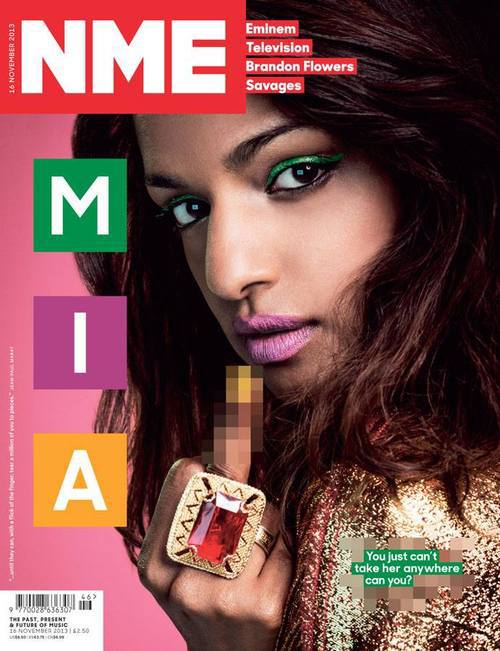
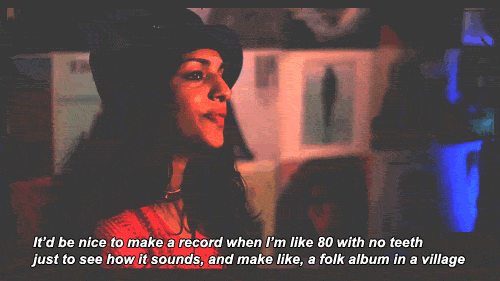
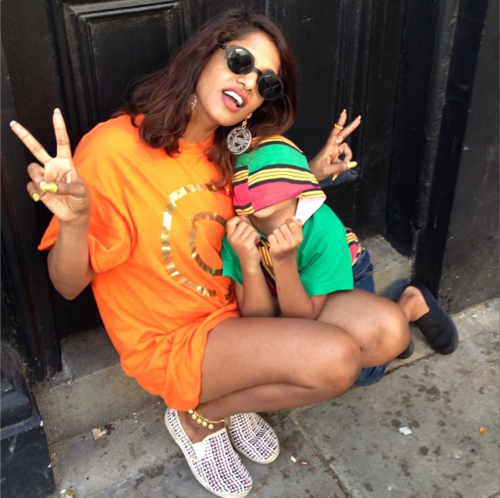
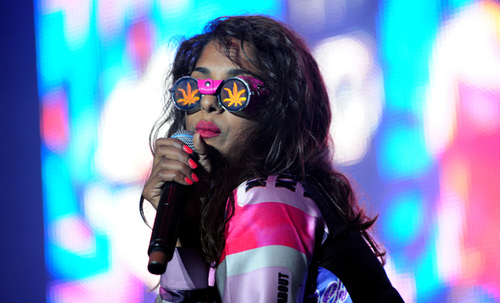





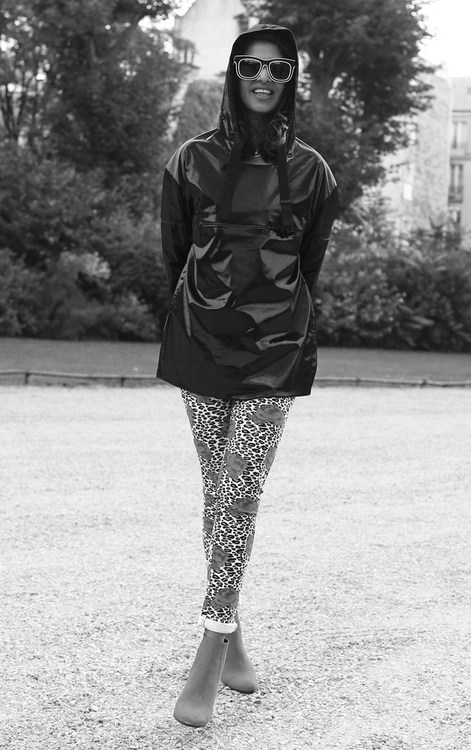




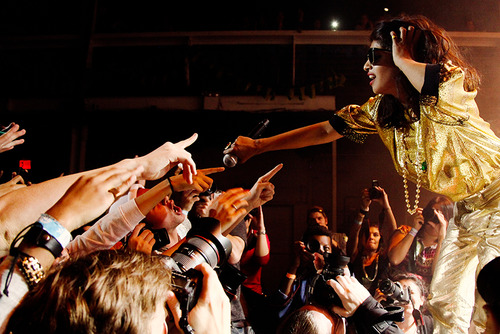

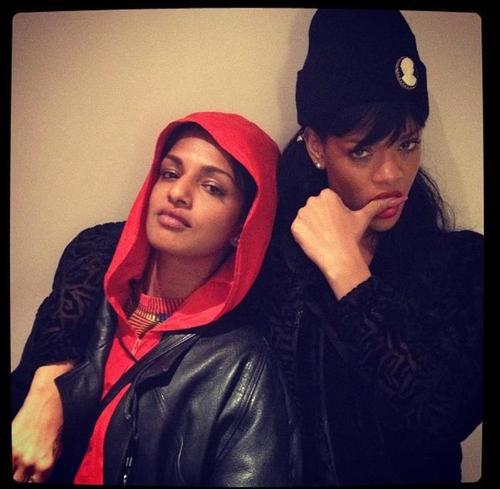



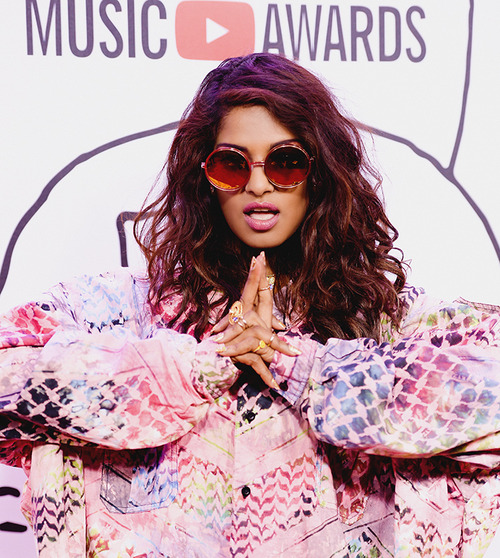

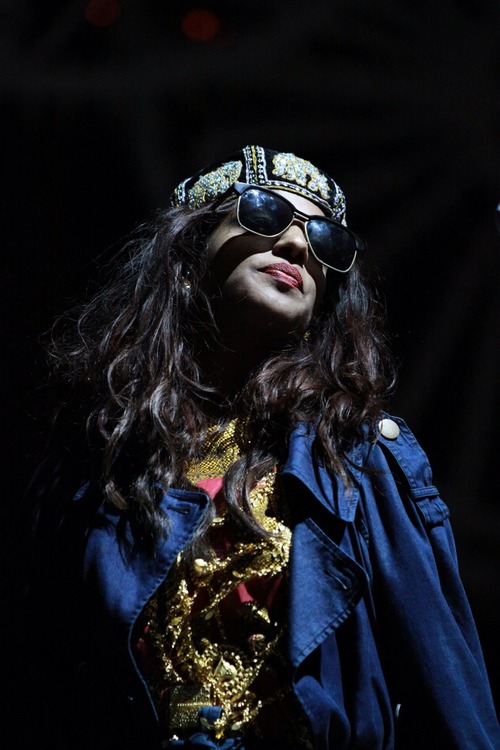
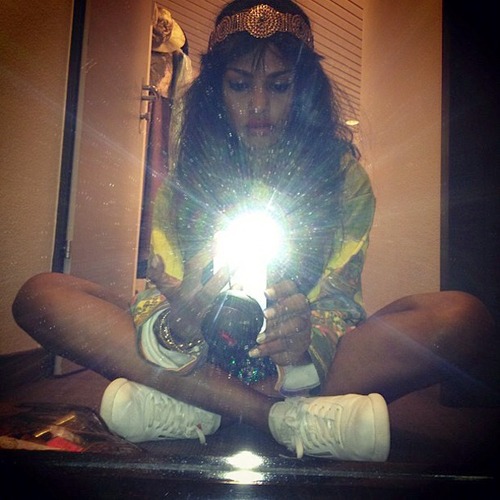



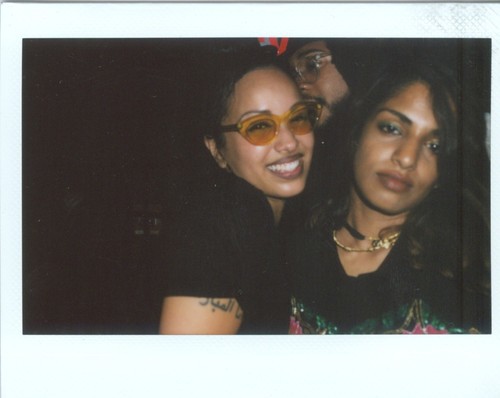
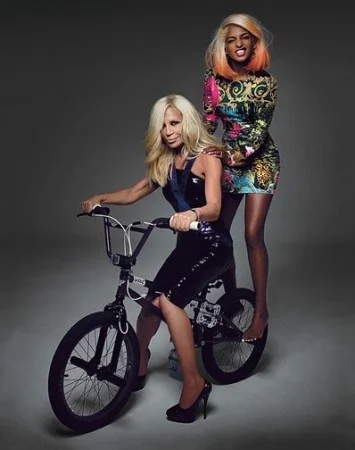


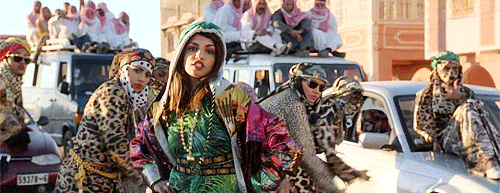

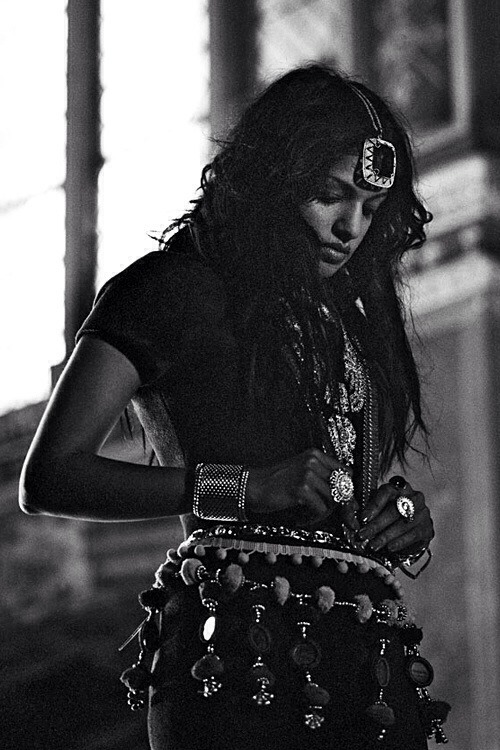
Maya was born in Hounslow, London but spent little time there as, at only 6 months old, her parents moved the family back to their native Sri Lanka. Motivated by her fathers wish to support the Tamil efforts to win independence from the majority Sinhalese population, her father became politically known as Arular and was a founder member of EROS (the Eelam Revolutionary Organisation of Students), a militant Tamil group.
In Sri Lanka, they lived at first on her grandparent's remote farm, a collection of huts without electricity or running water. After a year, as her fathers involvement in militant activities increased, Maya, her older sister Kali and their mother moved to Jaffna in the far North of the country, where Maya's younger brother Sugu was born. Contact with her father was strictly limited as he was in hiding from the army, he occasionally visited in secret, slipping through the window at night and being introduced to the children as an uncle so that they didn't give him away to the army when they regularly came to question the family.
Eventually, as the civil war escalated, it became unsafe for them to stay in Sri Lanka, so her father sent tickets for them to relocate to Madras in India. Maya's mother moved with the three children into an almost derelict house, 3 miles from the nearest road or neighbor. They scraped by for a while, with sporadic visits from Maya's father, and the girls attended the local school, excelling as students. After a while, visits from friends and family grew less frequent and money grew very tight. The children became ill, Maya's sister caught Typhoid and they struggled to eat enough. A visiting uncle took concern and moved them back to Sri Lanka again, where they settled back in Jaffna.
By now, the violence of the civil war was at its peak and the family repeatedly tried to flee the country. The army regularly shot Tamils seeking to move across border areas and bombed roads and escape routes. After several failed attempts to leave, Maya's mother successfully made it out with the three children, on to India and then finally back to London, where they were housed as refugees.
It was in the late eighties and on a notoriously racist council estate in Mitcham, Surrey, that Maya began to learn English. Aged just eleven and in a new country, she was exposed to western radio for the first time by the noise resonating from her neighbours. Her affinity with hip-hop and rap began from there - the uncompromising attitudes of Public Enemy and N.W.A. clicked with a frustrated, energetic war-child trying to relate to grey and foreign surroundings.
Maya was a talented and creative student, eventually winning a place at London's Central Saint Martins Art School, where she studied fine art, film and video. Here, for the first time, she began to piece together some of the different strands of her life experience. In an early incarnation of what was later to become M.I.A., she learnt how to play off her different cultural personas against each other; layering rap iconography with the warfare pictures from her youth, Asian Britain with American new-wave film making style and St. Martin's fashion sense with refugee outlooks.
A successful art career beckoned and, for a while, seemed to be Maya's destined path. Her first-ever public exhibition of paintings featured candy colored spray-paint and stencil pictures of the Tamil terrorist movement. Graffitied tigers and palm trees mixed with orange, green and pink camouflage, bombs, guns and freedom fighters on chip board off-cuts and canvases. The show was nominated for the alternative Turner prize, every painting sold and a monograph book of the collection was published by Pocko (which was simply entitled 'M.I.A.', an acronym for Missing In Acton).
A commission from Elastica's Justine Frischmann to provide the artwork and cover image for the band's second album led to Maya following the band on tour around forty American states, video-documenting the event. The support act on the tour was electro-clash supremo Peaches, who introduced Maya to the Roland MC-505 sequencing machine and gave her the courage to take on the one art-form she felt least confident in, music.
Back home in London, Maya and Justine got hold of their own 505 and, working with the simplest of set-ups (a second-hand 4-track, the 505 and a radio mic), Maya worked-up a series of six songs onto a demo tape which became her calling card to the industry. The tape found it's way into the hands of Steve Mackey and Ross Orton who then re-worked "Galang" into the monstrous meld of influences that would eventually propel M.I.A. into the limelight.
An addictive mashed-up recipe of dancehall, electro, grime and world music, Showbiz Records only pressed up 500 copies of Galang but that was enough for her to go on and win the instant support of DJs and the media seemingly everywhere.
The majors did indeed pile in with M.I.A. eventually opting to sign to XL Recordings (home to Dizzee Rascal, Basement Jaxx and the White Stripes), embracing them as they were the only label to offer her 100% creative control. Meanwhile, the underground success of "Galang" had continued to spread, even earning M.I.A. plaudits in the American Press.
For her next single release, "Sunshowers," Maya again hooked up again with Ross Orton and Steve Mackey who had furnished her so successfully with the insane electro-squelch and mangled beats on "Galang." Hitting the UK airwaves this past June, they pushed boundaries even further with hyper-minimalist production and a reworked chorus from Dr. Buzzards Original Savannah Band's track of the same name to create a hypnotic template for her to fire out her young-girl bravado, this time about guerilla warfare and the Tamil-Sinhalese civil war.
With this first single proper barely on the shelves and no gigs at all to her name, New York's Fader magazine made her their cover star with the strap-line 'THIS IS M.I.A. - MUSIC'S NOW THING!' She flew out to New York to perform her first ever live set (for the launch of the issue) to a screaming crowd of hyped fans and then stayed to see Matthew Williamson open and close his fashion week runway show with "Sunshowers."
The accompanying video for "Galang", featuring multiple M.I.A.'s amid a backdrop of her graffiti artwork animated and brought to life, was directed by Ruben Fleischer and art directed by M.I.A. herself. On the surface it looked like a colourful pop video but watch it carefully and you'll see scenes of urban Britain and the ongoing Sri Lankan civil war being depicted and delivered with a wry sense of humour. M.I.A. is fast proving herself to be a far from ordinary pop star.
Elastica's support act, Peaches, introduced her to the Roland MC-505, a sequencer she became familiar with after returning home. Steve Mackey (Pulp) and Ross Orton became involved after hearing a demo; they made adjustments to "Galang," a song that was then pressed into 500 copies and released, under the name M.I.A., by the Showbiz label. It didn't take long for the song -- a bold, righteous amalgamation of hip-hop, electro, dancehall, grime, and baile funk -- to make an impact with DJs. She wound up signing a contract with XL, which re-released the single and, eventually, her debut album Arular in 2005. Anticipation for the release was considerable, only heightened by the Piracy Funds Terrorism mixtape she put together with DJ Diplo.
Kala Her second album, Kala, was released in 2007 and was recorded while she spent time in numerous countries. M.I.A. produced most of its tracks with Switch; Blaqstarr, Diplo, and Timbaland also contributed. One single from the album, "Paper Planes," became a surprise hit in summer 2008 after it was used in trailers for the film Pineapple Express; it eventually reached the Top Ten. The soundtrack for the Academy Award-winning Slumdog Millionaire also featured M.I.A.'s music; the release featured new material from the artist and was the first disc issued on her N.E.E.T. label. /\/\/\Y/\, the third M.I.A. album, was released in 2010. After spending two years preparing her fourth studio album, Matangi, she released the single "Bad Girls, a reworked version of a song that debuted on her Vicki Leekx mixtape and featured production by Danja, in early 2012. Around that time, M.I.A. performed "Give Me All Your Luvin'" with Madonna and Nicki Minaj at Super Bowl XLVI's halftime show; during the performance, she extended her middle finger at the camera. A month later, the NFL responded by suing her for $1.5 million, claiming that she breached her contract and tarnished the organization's image. Matangi was originally scheduled for release at the end of 2012, but was delayed until the following year. Two more singles, "Bring the Noize" and "Come Walk with Me," were released in June and September 2013 respectively. Featuring production by Switch and Surkin, Matangi arrived that November.
